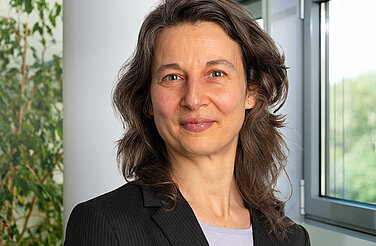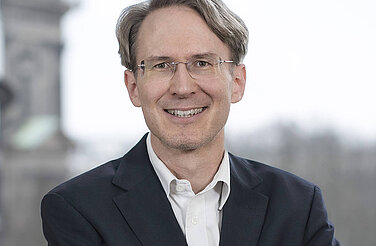- Story Type
- Pathway
No-regret green hydrogen
- Region:
- European Union
- Sectors:
- Industry
- Transport
- Electricity
What are the no-regret applications for green hydrogen use? Where are the projected corridors for early investments in hydrogen delivery systems? Learn from our expert what characterises green hydrogen and how to move forward in developing a future no-regret green hydrogen network.
Video
To achieve climate neutrality by 2050, hydrogen produced from renewable energy must be used to decarbonise no-regret applications such as the production of steel, ammonia and chemicals. The use of green hydrogen will become the most competitive option across Europe compared to fossil-based hydrogen with carbon capture. A future hydrogen network will be smaller in size than the current fossil gas network and require both retrofits and new build. With targeted policy support, a fast scale-up together with reduced costs will deliver a green hydrogen network for no-regret applications.


